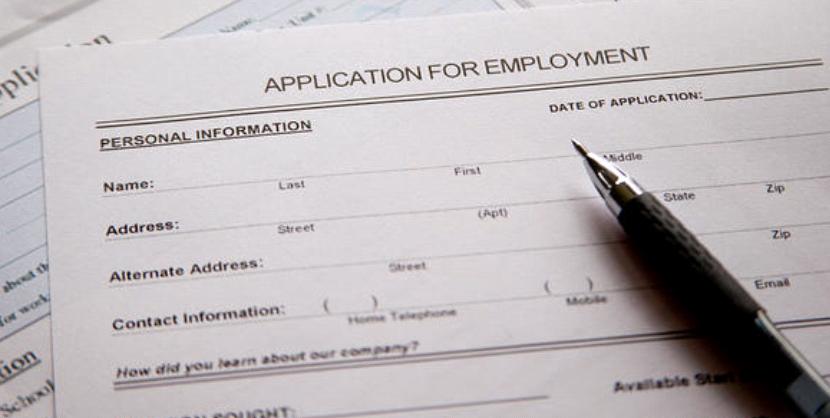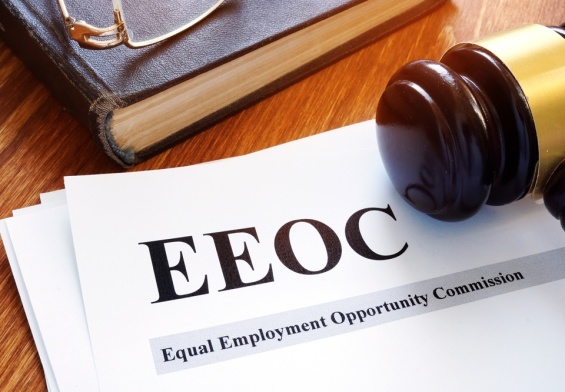The Drop the Box initiative, also known as Ban the Box, is a hiring reform that removes questions about criminal history from job applications. The goal is for employers to evaluate applicants based on their skills and experience first, instead of being automatically disqualified due to past convictions.
This initiative has gained momentum across the U.S., with 37 states and over 150 cities and counties adopting some form of Ban the Box legislation. While many early policies applied only to government jobs, some states now require private employers to comply as well.
At the federal level, the Fair Chance to Compete for Jobs Act of 2019 made it illegal for most federal agencies and contractors to request criminal history information before extending a job offer.
The Origins of Drop the Box
For millions of Americans, a criminal record creates an immediate roadblock to employment. Many job applications include a checkbox asking whether the applicant has ever been convicted of a crime. Checking this box often leads to automatic disqualification, even when the offense is unrelated to the job or occurred years ago.
Why Was the Initiative Created?
The Ban the Box movement started in 2004 with All of Us or None, a grassroots civil rights group advocating for formerly incarcerated individuals. Their efforts led to early policy changes in cities and counties, expanding to states and the federal level over time.
Key Milestones in the Movement
- 2004 – The Ban the Box movement is launched.
- 2010s – Several cities and states begin adopting policies to delay background checks.
- 2019 – The federal government passes the Fair Chance to Compete for Jobs Act, applying Ban the Box principles to federal agencies and contractors.
With growing support for fair hiring, more states are expanding their laws to cover private employers, widening the range of job seekers that benefit from these policies.
How Does Drop the Box Work?
Ban the Box laws don’t eliminate background checks—they delay them until later in the hiring process. This way, employers assess candidates’ qualifications first, before looking at their criminal history.
Step-by-Step Hiring Process Under Ban the Box
- Application Stage – The job application does not ask about criminal history.
- Resume Review & Interviews – Candidates are evaluated based on experience, skills, and qualifications.
- Conditional Job Offer – If a candidate is selected, they receive a conditional offer pending a background check.
- Background Check Conducted – Employers review the applicant’s criminal history at this stage, rather than early in the process.
- Case-by-Case Assessment – If a record appears, employers consider:
- Whether the conviction relates to the job.
- How much time has passed since the offense.
- Any evidence of rehabilitation or positive contributions.
For example, Hawaii has specific Ban the Box laws that only allow employers to withdraw an offer if the conviction relates to the job’s duties. This approach helps balance fair hiring with workplace safety.
Where Has Drop the Box Been Adopted?
Ban the Box policies have been implemented across multiple levels of government:
- Federal Level – The Fair Chance to Compete for Jobs Act applies to federal agencies and contractors, ensuring they follow fair hiring practices.
- State Level – 37 states, including California, New York, and Illinois, have enacted Ban the Box laws for public-sector jobs, with some extending protections to private employers.
- Local Level – More than 150 cities and counties have passed their own Ban the Box policies, some of which apply to government contractors and private businesses.
How Policies Vary Across States
Ban the Box laws are not uniform—each state sets its own guidelines. Some key differences include:
- Hawaii, Illinois, and Minnesota apply Ban the Box to all employers, both public and private.
- Texas and Florida have limited policies that only apply to state government jobs.
- Certain municipalities, like New York City, Austin and Los Angeles require private employers to wait until a conditional job offer before running background checks.
The Impact of Ban the Box
Positive Outcomes
Ban the Box has led to measurable improvements in hiring for people with criminal records:
- Increased Hiring – In Durham County, NC, the number of applicants with records recommended for hire more than tripled after Ban the Box took effect.
- Reduced Recidivism – Studies show that stable employment is one of the strongest factors in preventing reoffending.
- Employer Benefits – Companies that hire justice-involved individuals often report higher retention rates and stronger employee loyalty.
A study in Washington, D.C. found that the number of hires with criminal records increased by 33% after Ban the Box was implemented. Similar research from Harvard University showed that Ban the Box policies increased employment in high-crime neighborhoods by up to 4%.
Challenges and Concerns
While Ban the Box has seen positive outcomes, some concerns remain:
- Unintended Discrimination – Some studies suggest that when employers cannot see criminal history, they discriminate based on race, leading to lower hiring rates for Black and Latino men.
- Longer Hiring Processes – Some employers argue that delaying background checks adds extra time and costs to hiring.
- Lack of Enforcement – Many Ban the Box laws don’t have strong penalties for breaking them, making enforcement inconsistent across states.
What’s Next for the Drop the Box Movement?
Advocates continue pushing for stronger protections to ensure Ban the Box achieves its intended goals. Future efforts may focus on:
- Expanding Ban the Box to more private-sector employers.
- Strengthening anti-discrimination protections to prevent racial bias.
- Applying fair hiring policies to occupational licensing boards, which can also block people with records from entering professions.
The Future of Drop the Box and Fair Hiring
The Drop the Box initiative is about fairness in hiring, making sure employers judge job seekers based on their qualifications first. While Ban the Box does not guarantee employment, it removes an initial barrier that has excluded millions of Americans from the workforce in the past.
As more cities and states implement Drop the Box hiring reforms, the challenge remains balancing employer needs with second chances. Moving forward, policymakers, employers, and job seekers must work together for more fair, transparent, and inclusive hiring practices.
Resources:
https://www.nelp.org/insights-research/ban-the-box-fair-chance-hiring-state-and-local-guide/
https://www.congress.gov/116/meeting/house/109189/documents/HMKP-116-GO00-20190326-SD013.pdf




